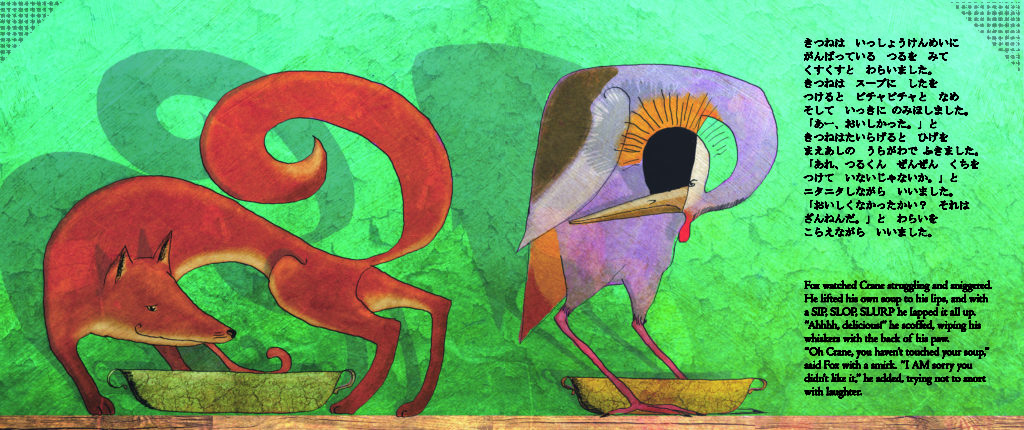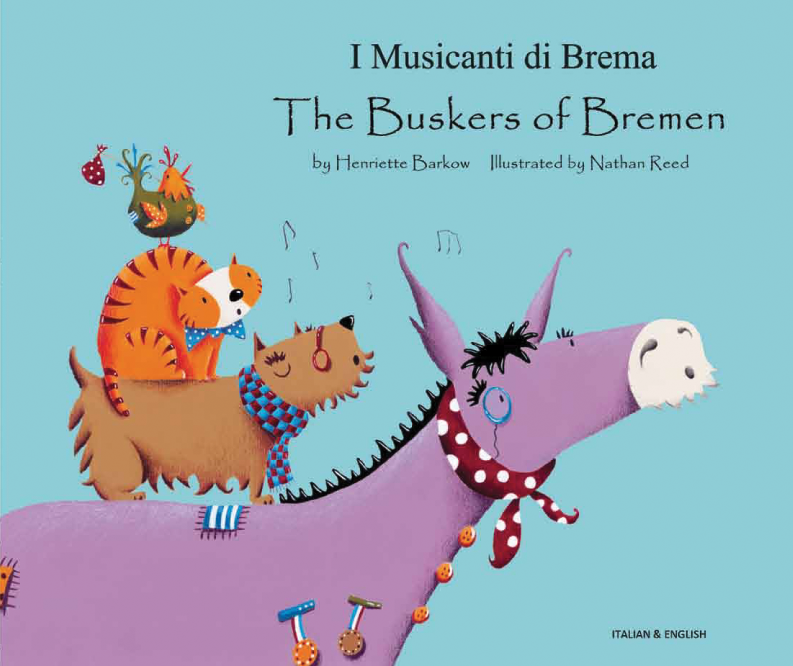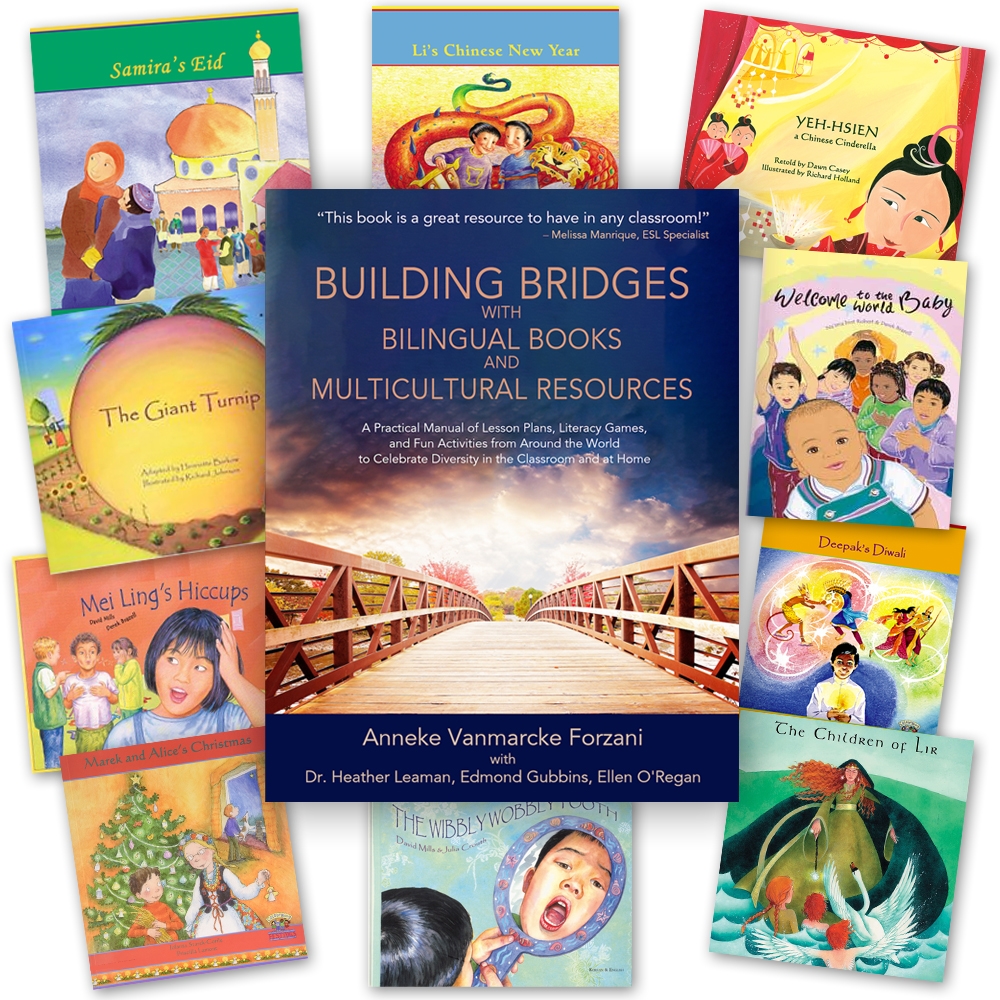
As always, World Folktales and Fables Week arrives the third week of March. What a great opportunity to work on literacy skills with these classic stories! Folktales and fables have near-universal appeal, thanks to their simple story lines, talking animals, and magical scenarios. Here, we offer some ideas for students to improve their reading and writing skills with the use of folktales and fables.
Introduce Literary Devices

Folktales and fables are usually short, so they’re great for younger students who are just learning about classic literary devices used in stories. First step: Gather a selection of folktales and fables for your class to look through. Choose a folktale from another part of the world, or a bilingual folktale, for some added multicultural learning!
Literary Devices Often Found in Folktales & Fables
Symbolism: Folktales and fables are full of characters and objects that actually represent another concept or thing. Can students search stories to find something that represents ideas like truth, or death? Or will they notice that several different classic lion fables portray lions as symbols of power, strength and courage?
Juxtaposition: Because characters in these tales are often simple and one-dimensional, students can more easily see that they are juxtaposed, or profoundly in contrast with each other. Does one character act honestly, while another is always deceptive? Or, is one greedy, while another is generous?
Satire: Fables and folktales are often full of satire. Find an example of a story that makes use of humor and/or ridicule to expose the follies and vices of certain characters.
Foreshadowing: Search the early parts of a story for clues, and find foreshadowing of the upcoming dilemma, or of a character’s ultimate fate.
Create Your Own Fable
Since folktales and fables often follow a basic formula, they are a great introduction to writing and storytelling skills. Students can begin by creating simple characters, perhaps by taking their favorite animals, and giving them human attributes. Discuss how they can introduce these characters in the exposition of their story.

What moral will be learned? Teachers can offer a set of life lessons to choose from, or students can find inspiration from their own experiences, and pick morals they think are important to learn.
Re-imagine a Classic Tale with a Twist
Another fun activity is to take a classic folktale or fable, and re-write it with a surprise twist.

What if the gingerbread man gobbled up the fox? Or, what if Red Riding Hood was the antagonist, and we rooted instead for the wolf?
New, Free Multicultural Lesson Plan

Language Lizard is offering a free, comprehensive multicultural lesson plan that introduces students to a popular bilingual world folktale, The Giant Turnip. This lesson plan is one of many available in our new teaching manual Building Bridges with Bilingual Books and Multicultural Resources, which can be purchased individually or in a new teaching set, a great tool for building a culturally responsive classroom.

We also offer additional free lesson plans to help bring more multicultural learning to your classroom.
What is your favorite folktale or fable? Comment and tell us about it!
